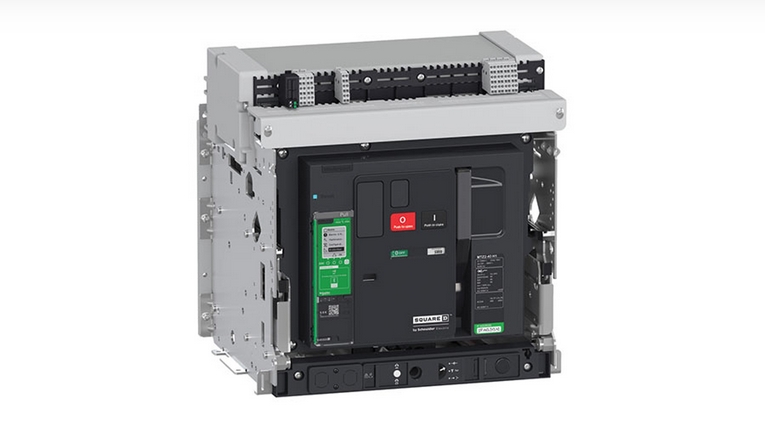
Industries across East Africa are grappling with rising energy costs,
unstable supply, and the growing pressure to meet sustainability targets.
With electricity prices fluctuating and frequent power interruptions posing
a threat to business continuity, both public and private players are now under
pressure to rethink how energy is managed across sectors.
From manufacturing floors to hospitals and data
centers, the region’s increasing dependence on uninterrupted electricity has
created an urgent demand for smarter, safer, and more efficient power
infrastructure.
Experts argue that tackling energy inefficiency and poor maintenance
practices could save businesses millions annually.
“Power-related downtime is not just a
technical issue; it’s a financial risk,” says Geraldine Sande, Channel Sales
Leader at Schneider Electric East Africa.
“We’re seeing organizations lose money, sometimes thousands of dollars per
minute, because of avoidable faults, aging systems, or delayed response times.”
Indeed, research by global consulting firm
Gartner estimates the cost of downtime for businesses at over $5,600 per
minute.
The need for proactive maintenance, real-time monitoring, and quick response
tools has never been more critical, particularly in industries like data
hosting, banking, and healthcare, where service interruptions can be
catastrophic.
In response to these challenges, there is
growing interest in digitized power distribution systems that offer greater
control and visibility.
One such example is Schneider Electric’s recent introduction of its MasterPacT MTZ Active circuit breaker into
the East African market—a solution designed to digitize traditional breaker
systems.
“MasterPact MTZ has been designed with multi-industry power supply
challenges in mind. This, in turn, means operators can see what’s happening in
their systems instantly, helping to optimise energy performance and identify
problems before they lead to costly downtime,” says Sande.
According to the company, the technology allows operators to monitor real-time
power usage, receive alerts on abnormal activity, and make quick decisions to
avoid shutdowns.
But this is part of a larger trend.
Across the continent, infrastructure upgrades are moving toward smart grid
capabilities, with the goal of optimizing energy performance.
In Kenya, for instance, government-led initiatives such as the Kenya
National Energy Efficiency and Conservation Strategy (2020–2025) have
emphasized the adoption of intelligent energy systems to reduce waste and
promote sustainability.
Power-intensive sectors like healthcare and
manufacturing stand to benefit significantly. In hospitals, for example, where
life-support and diagnostic equipment require continuous electricity, any
interruption, even momentary, can endanger lives.
Integrating smart circuit
technologies, some experts argue, could provide facility managers with the
tools to quickly detect faults, reduce response time, and prevent outages.
Safety is another critical concern.
Maintenance teams working on live electrical systems face the ever-present risk
of arc flashes, dangerous electrical explosions that can cause severe injuries.
Some newer systems now include settings that temporarily reduce energy
levels during maintenance, thereby lowering the risk to workers.
Still, the shift to smart infrastructure faces
hurdles.
The upfront cost of modern power systems remains a concern for many small
and medium enterprises (SMEs), and technical skills required to operate and
maintain such systems are still scarce in some parts of the region.
Training, investment incentives, and cross-sector collaboration will be
essential in bridging this gap.
As East Africa’s urban centers continue to
expand and digital services become mainstream, energy consumption is expected
to increase.
For businesses, the choice may no longer be whether to invest in smarter
power management, but when.
And with global pressure mounting to meet net-zero targets, efficiency is no
longer just good practice, it’s a necessity.











